The 15 hottest places in the world
The hot list
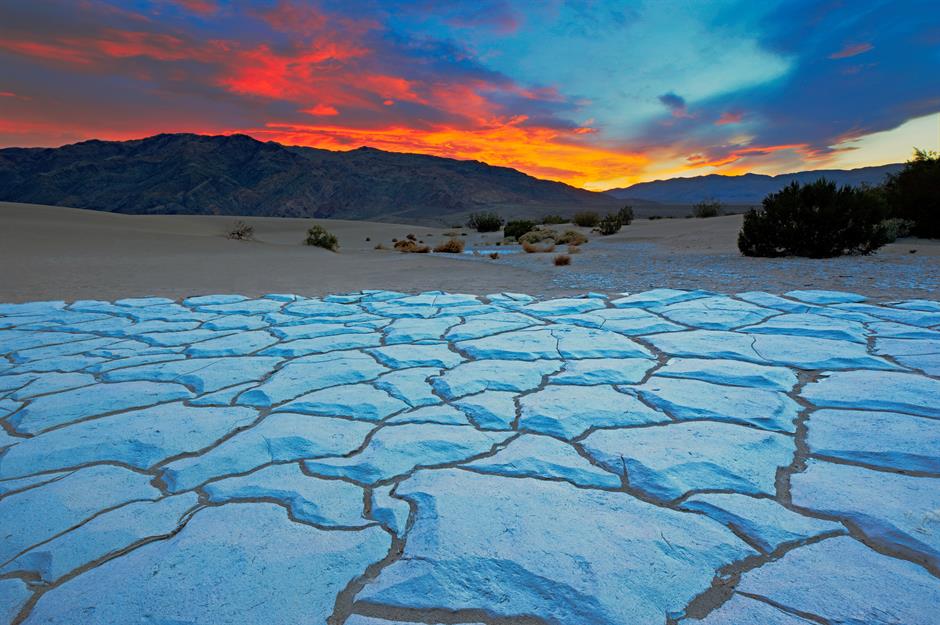
When it comes to heat, Earth doesn’t hold back. From deserts that radiate scorching energy to cities where summer feels like an endurance test, the hottest places on the planet push the boundaries of what life can endure.
This list brings together locations that are relentless in their heat – ranked by a mix of record-breaking air temperatures, blistering surface temperatures and regions where annual averages hover at unimaginable highs.
Click through this gallery to discover the 15 hottest places on Earth...
15. Marble Bar, Western Australia, Australia
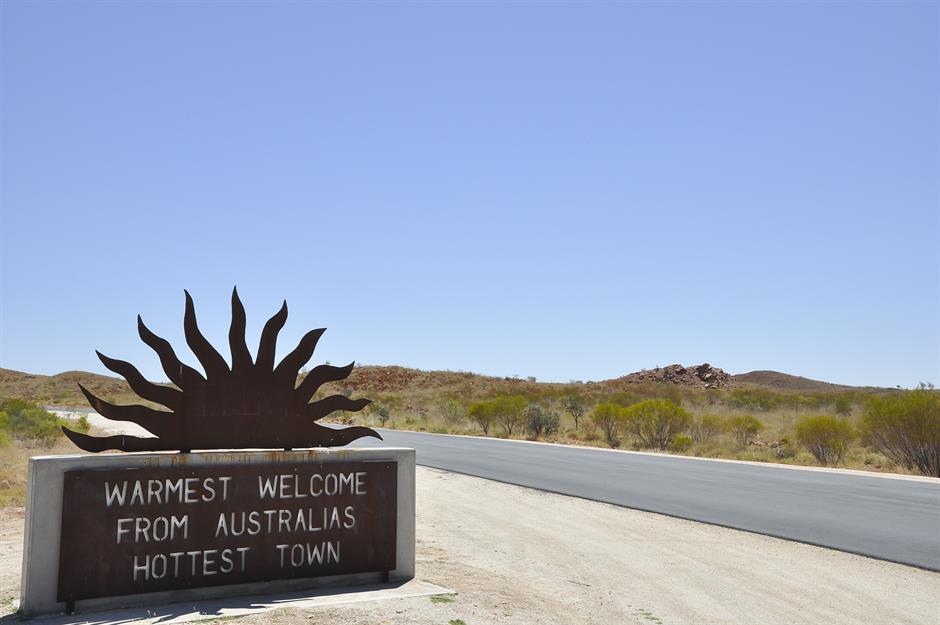
Marble Bar, in the Pilbara region, is often called the hottest town in Australia. Its most famous heat record is a streak of 160 consecutive days with temperatures above 37.8°C (100°F) between 31 October 1923 and 7 April 1924.
Summers in Marble Bar are relentless, with temperatures frequently reaching the high 40°Cs (over 110°F).
15. Marble Bar, Western Australia, Australia
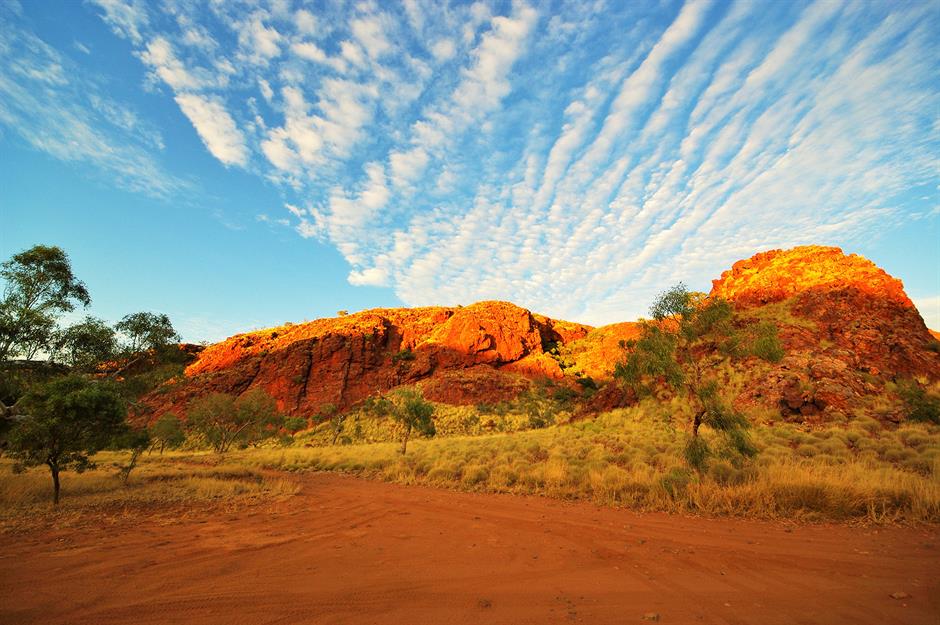
The town’s extreme heat is attributed to its location in a remote arid region with little vegetation and intense solar radiation.
Marble Bar’s prolonged heatwaves also make it a key location for understanding extreme heat patterns in the southern hemisphere and how communities adapt to these conditions.
14. Jazan, Saudi Arabia
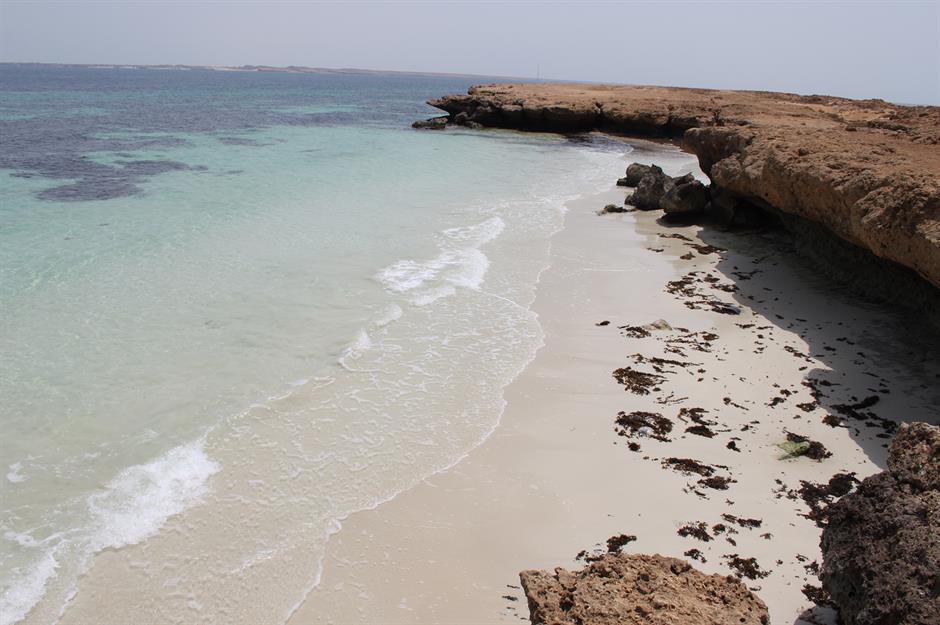
Located on Saudi Arabia’s southwestern coast along the Red Sea, Jazan swelters under high temperatures combined with oppressive humidity, one of the most challenging climates for human habitation.
Summer temperatures regularly exceed 40°C (104°F), but the heat index often feels much higher due to the coastal location.
14. Jazan, Saudi Arabia
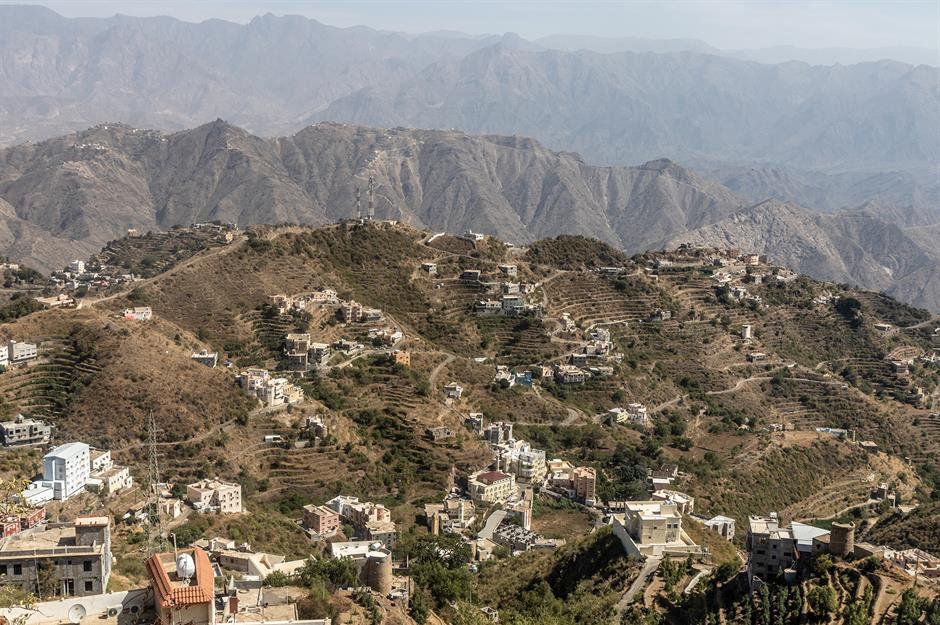
Jazan stands out as an example of extreme heat not being limited to dry desert regions. The city’s combination of heat and moisture creates a uniquely difficult environment that affects daily life, infrastructure and health.
13. Kuwait City, Kuwait
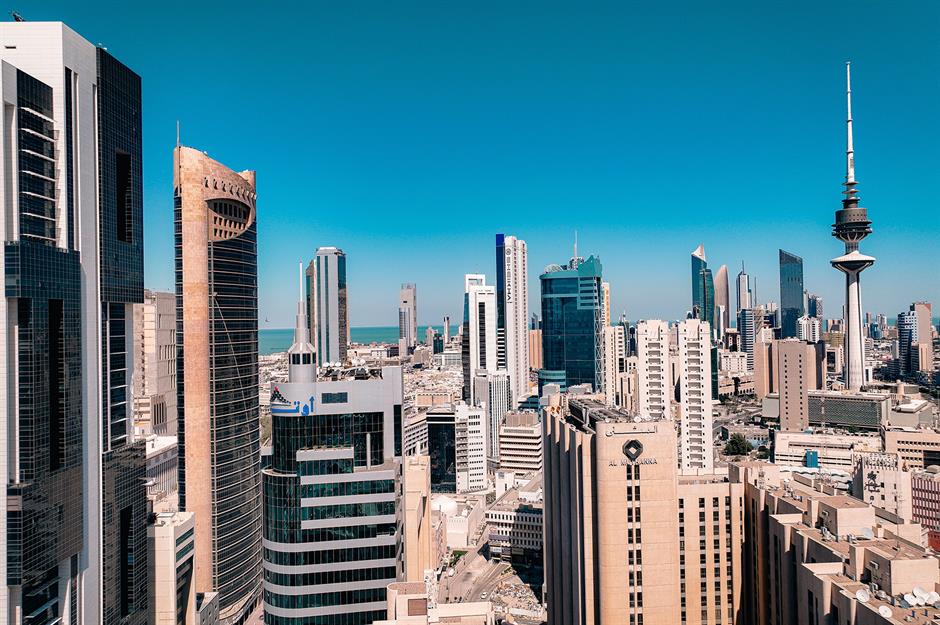
Kuwait City, the bustling capital of Kuwait, is notorious for its searing summer temperatures, which often surpass 50°C (122°F), making it one of the hottest urban areas on Earth.
The city’s location on the Arabian Peninsula places it squarely in the path of dry desert winds, while its proximity to the Arabian Gulf exacerbates the heat with stifling humidity.
13. Kuwait City, Kuwait
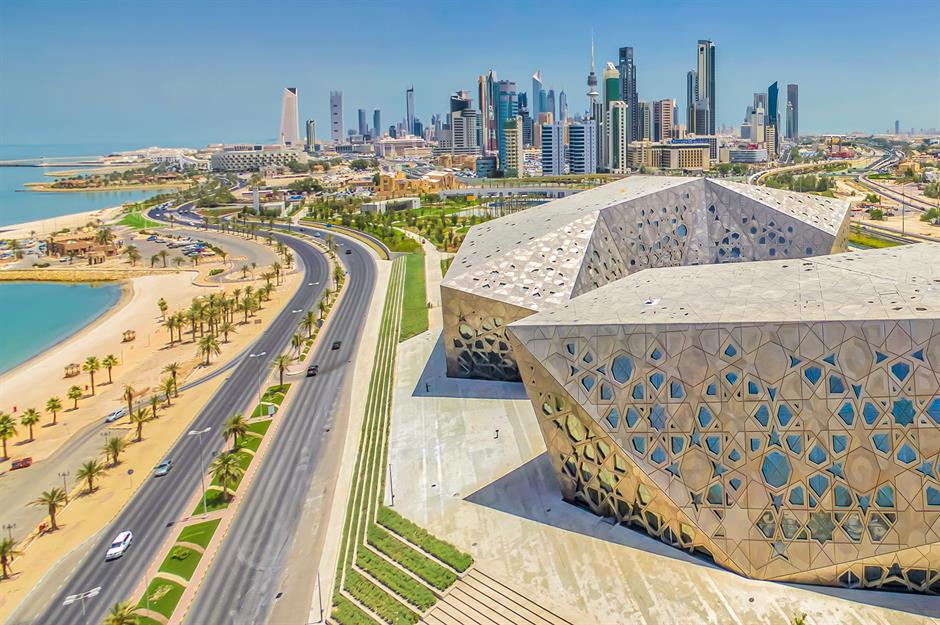
Kuwait City’s modern skyline, with its tall buildings and sprawling concrete structures, is a symbol of rapid urban growth – but it comes at a cost. These materials trap and radiate heat, keeping the city uncomfortably warm even after sunset.
With few green spaces or shaded areas to offer relief, the city's infrastructure and daily life are shaped by its harsh climate, with much of its economy and social activity structured around staying indoors during peak summer.
12. El Azizia, Libya

El Azizia was long believed to hold the record for the hottest temperature ever recorded on Earth – an alleged 58°C (136.4°F) measured on 13 September 1922.
However, this record was invalidated in 2012 by the World Meteorological Organization (WMO) due to concerns over equipment accuracy and procedural errors.
12. El Azizia, Libya
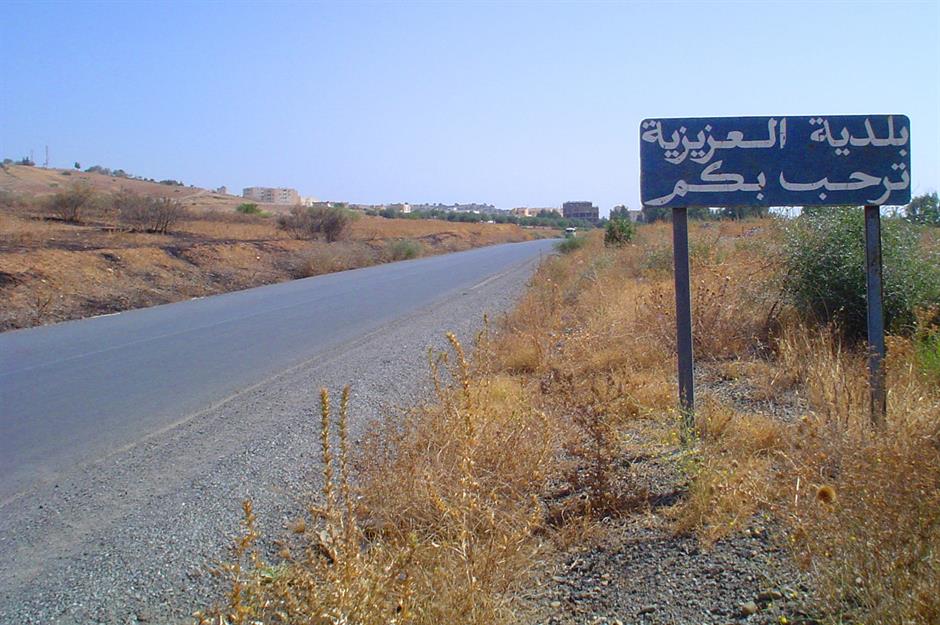
Despite this, El Azizia still experiences extreme summer temperatures regularly exceeding 50°C (122°F), earning its place as one of the hottest places on Earth.
Situated in the Libyan Sahara, the area's extreme heat is amplified by its desert environment and lack of vegetation.
11. Dallol, Ethiopia
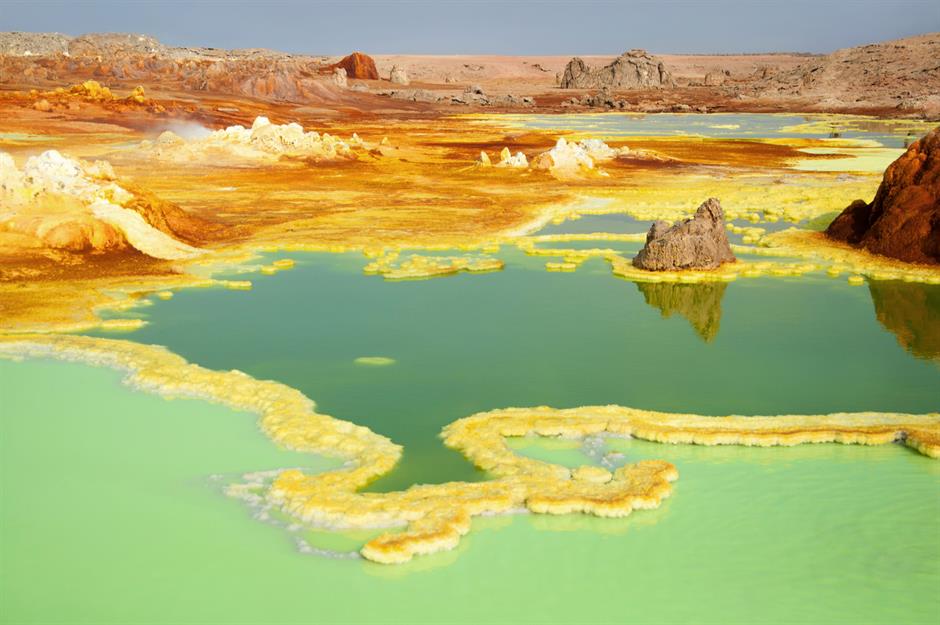
Dallol, in Northern Ethiopia, is known for its otherworldly landscapes and consistent heat, with an average annual temperature of 34.4°C (93.9°F), the highest on Earth.
Located in the Afar Depression, below sea level, the region's volcanic activity and geothermal features contribute to its intense heat. It is also one of the driest places on the planet.
11. Dallol, Ethiopia
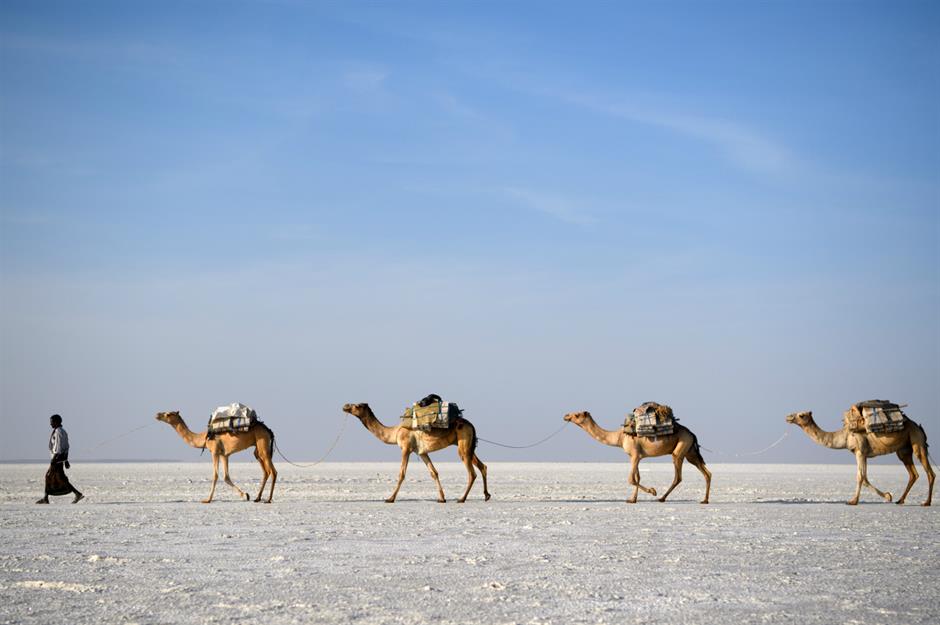
Despite its extreme climate, Dallol holds historical significance as a former mining hub, where workers once extracted valuable salt from its mineral-rich terrain. The village, now uninhabited, sits amidst a surreal and inhospitable landscape dominated by acidic boiling springs, steaming geysers and brittle salt formations.
While these alien-like features make it unwelcoming for human habitation, the vivid, eye-popping colours and stark otherworldliness of the environment create a strange beauty.
10. Wadi Halfa, Sudan
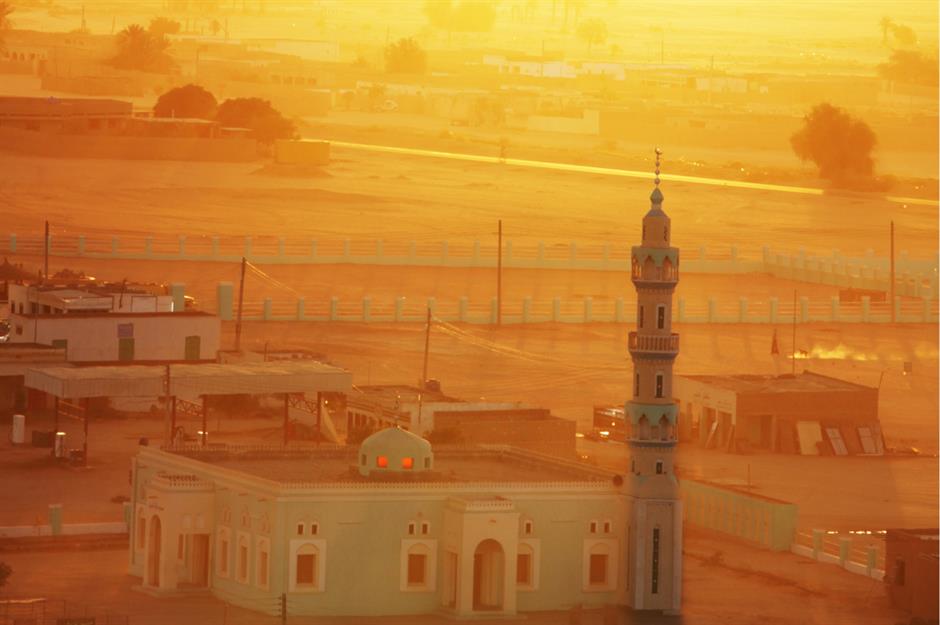
10. Wadi Halfa, Sudan
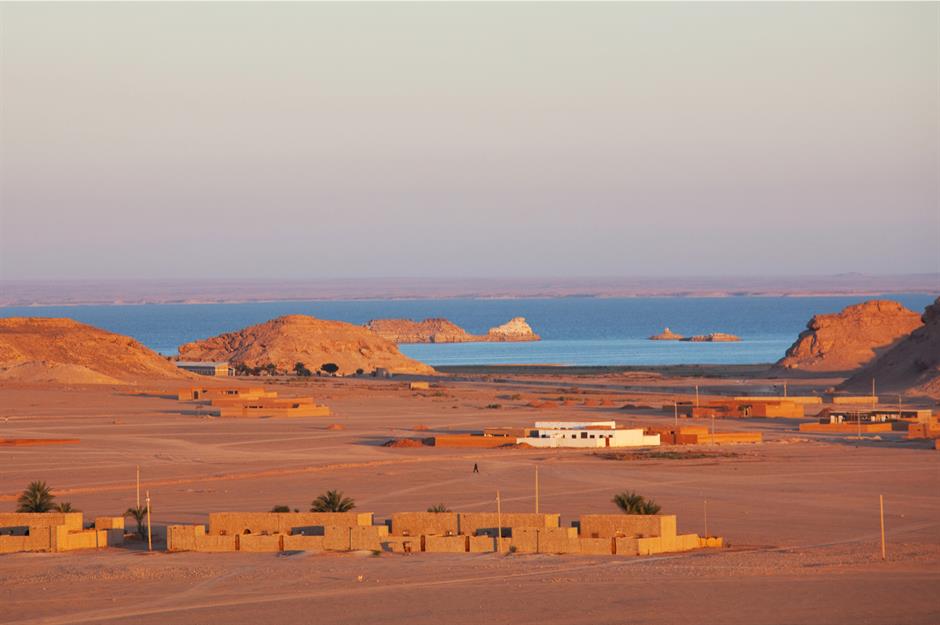
The highest temperature ever recorded in this northern Sudanese city was 53°C (127°F) in April 1967 – a remarkable feat considering April isn’t typically the hottest month of the year. This remote desert city endures not only extreme heat but also frequent dust storms, known locally as 'haboobs', which sweep through the region.
Despite its harsh conditions, Wadi Halfa remains a critical hub for trade and transport, connecting Sudan with neighbouring Egypt.
9. Tirat Zvi, Israel
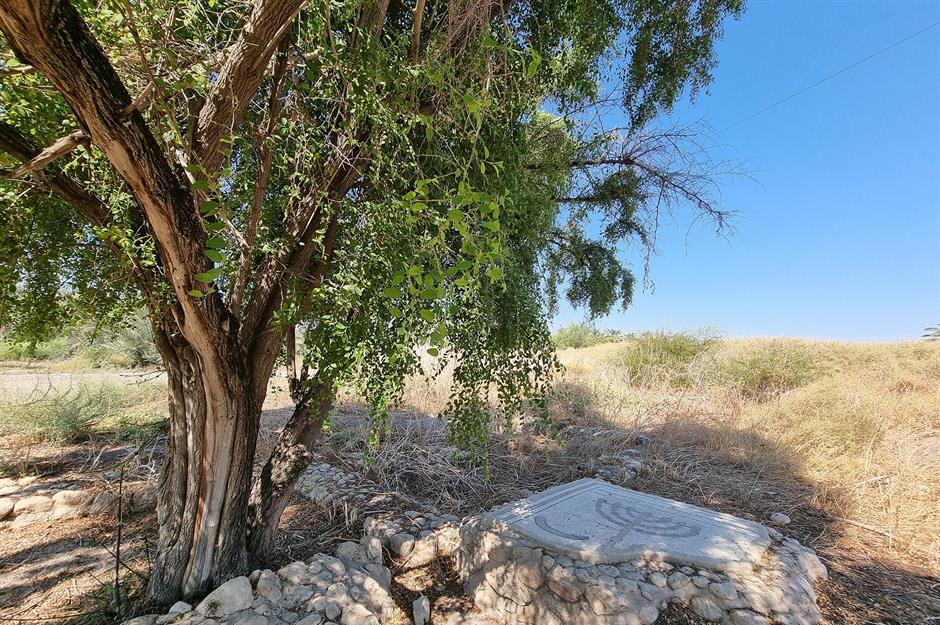
Tirat Zvi, a kibbutz in Israel's Jordan Valley, reached a scorching 54°C (129.2°F) on 21 June 1942, the highest temperature ever recorded in Asia at the time.
Situated in the Jordan Valley, this area lies below sea level and experiences unique atmospheric conditions where dense, hot air settles, intensifying the heat.
9. Tirat Zvi, Israel
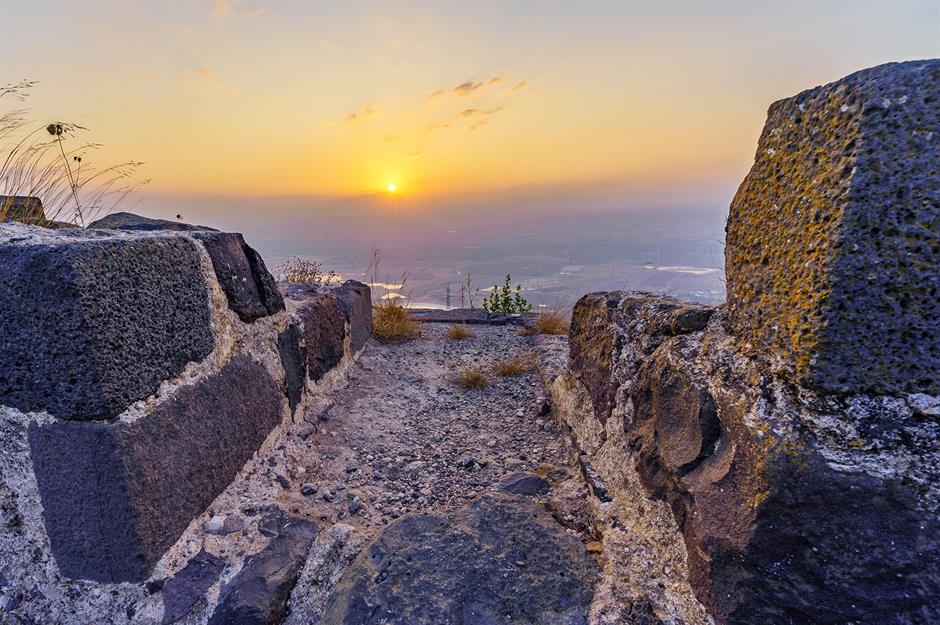
This region, lying below sea level, is known for its arid conditions and soaring summer temperatures, with average highs often exceeding 37°C (99°F) in July and August.
Despite these extremes, other parts of northern Israel, such as the Galilee region, enjoy milder and more temperate conditions, offering a striking contrast within a relatively small geographic area.
8. Phoenix, Arizona, USA

Phoenix holds the distinction of being the hottest city in the United States, according to National Oceanic and Atmospheric Administration (NOAA) data. During midsummer, the city experiences average high temperatures around 41°C (106°F), while the annual average high temperature is approximately 31°C (87°F).
Notably, on 26 June 1990, Phoenix recorded its highest temperature ever at 50°C (122°F).
8. Phoenix, Arizona, USA
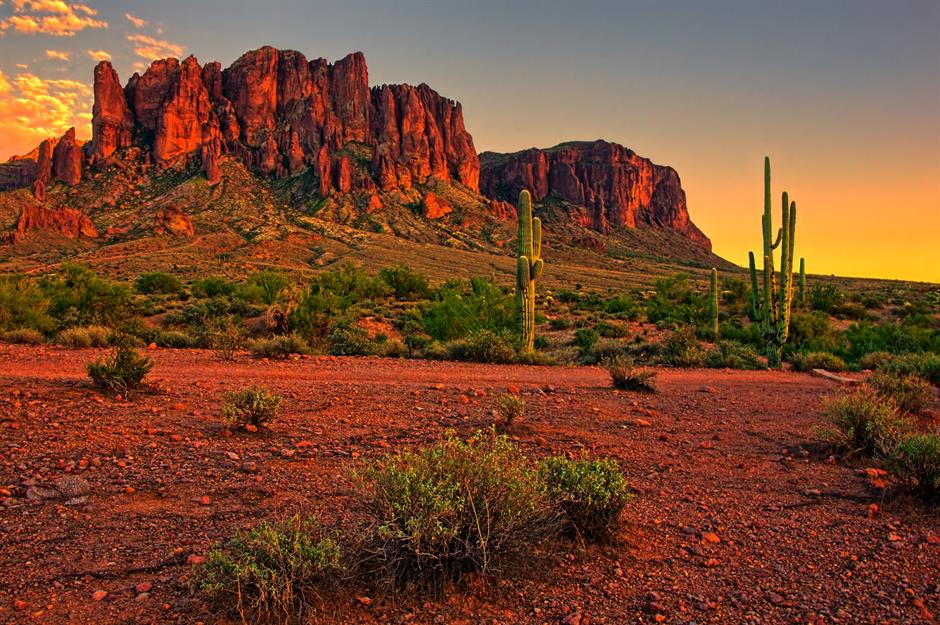
Phoenix also consistently experiences the highest number of days with temperatures reaching or exceeding 32°C (90°F). On average, the city records approximately 169 such days annually, beating fellow Arizonian contender, Tucson, which trails behind with a still-scorching 147 days per year.
These numbers highlight just how relentless the heat can be in the desert, making Phoenix a true heavyweight when it comes to blistering temperatures.
7. Kebili, Tunisia
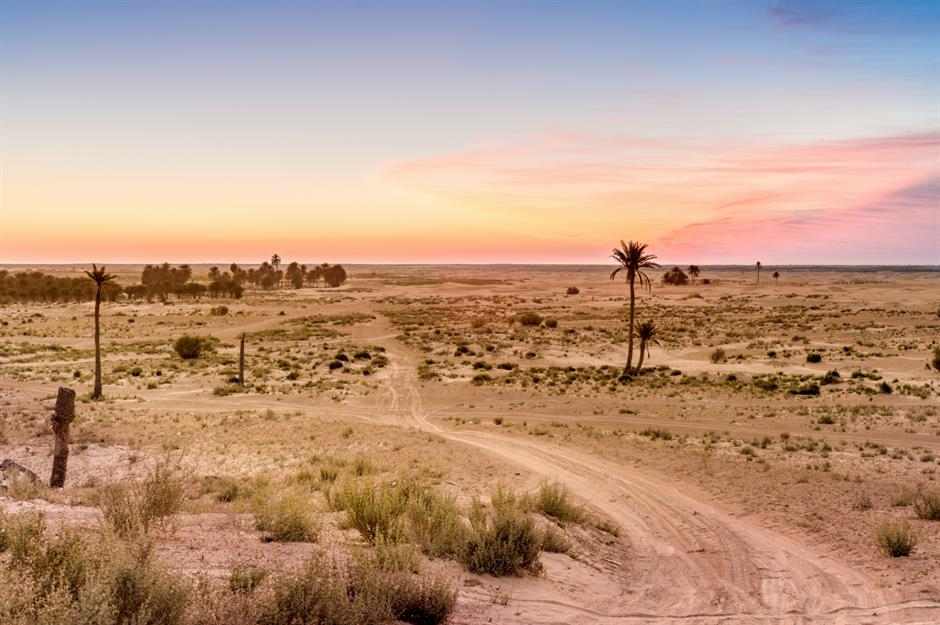
This town in the south of Tunisia recorded one of the highest temperatures in Africa and the entire Eastern Hemisphere: 55°C (131°F) in July 1931.
While such extreme temperatures are rare, the town regularly experiences summer highs exceeding 40°C (104°F).
7. Kebili, Tunisia
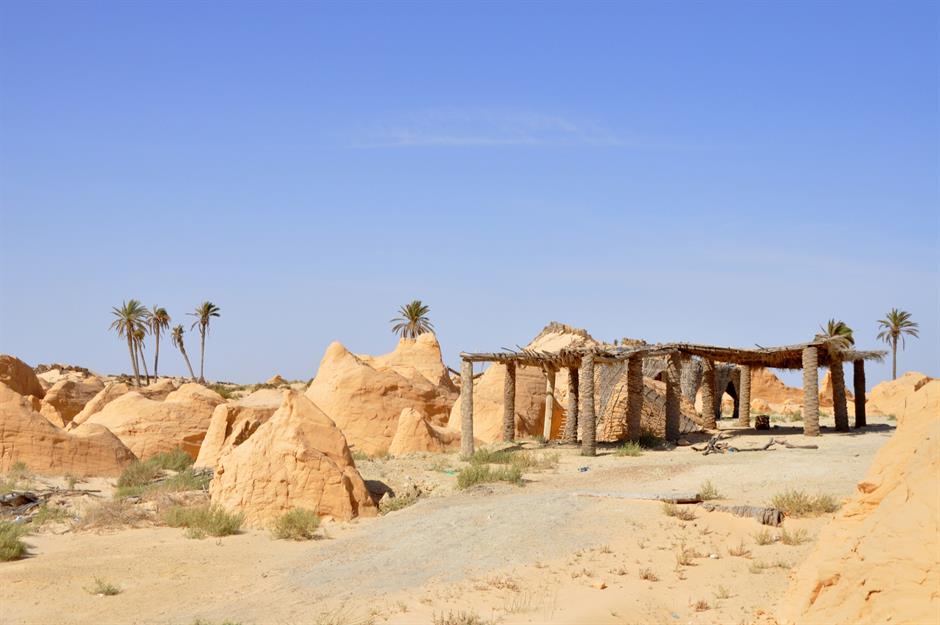
The town's history is believed to date back around 200,000 years and resilient residents survive by stockpiling water and seeking shade.
Kebili is close to Douz – a gateway to the Sahara Desert – and Ksar Ghilane, an oasis with palm trees, a swimming hole and sand dunes that provide some respite from the heat.
6. Ouargla, Algeria
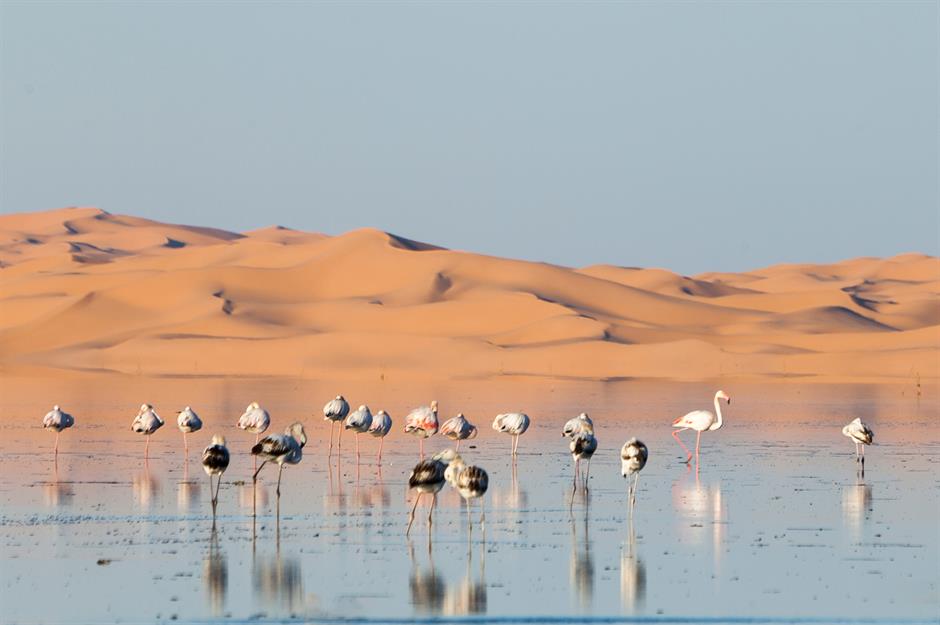
Ouargla, situated in the Algerian Sahara, recorded an absolutely scorching temperature of 51.3°C (124.3°F) on 5 July 2018 – thought to be the highest on record in Africa. This city is surrounded by vast sand dunes that radiate heat, further intensifying the desert climate.
Its position deep within the Sahara makes it a hotspot for solar radiation and extreme dryness.
6. Ouargla, Algeria
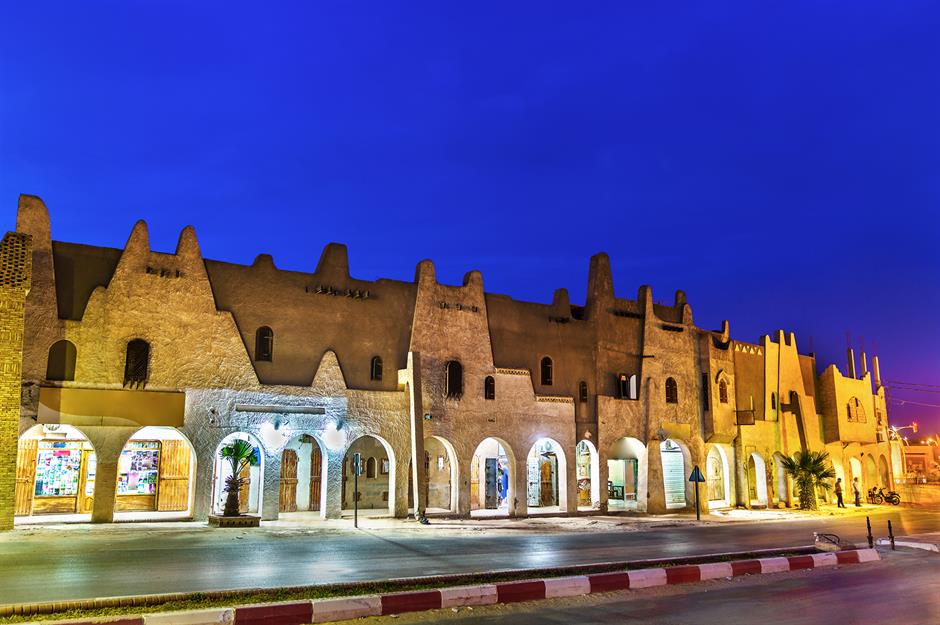
5. Basra, Iraq
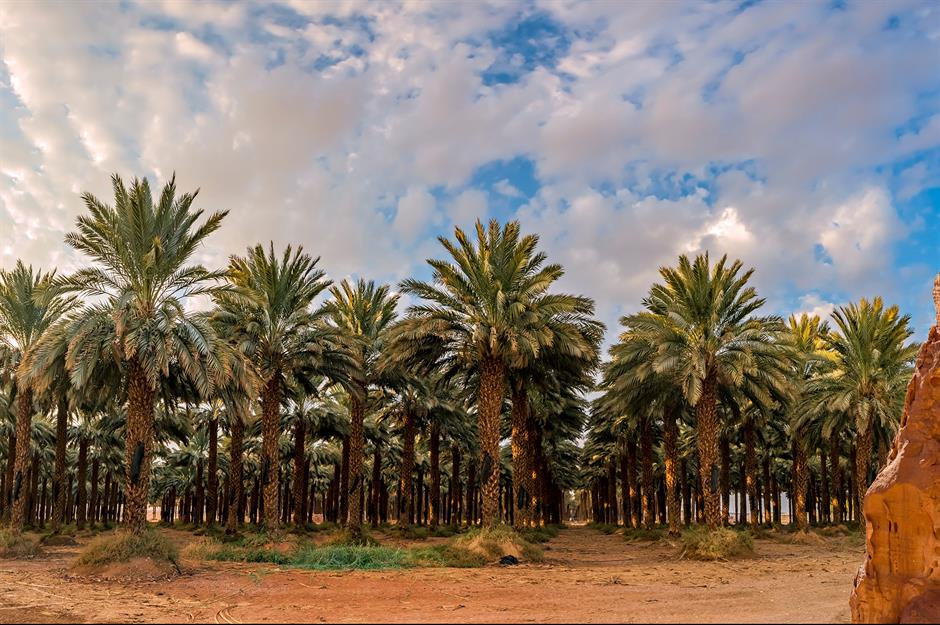
Basra reached a sweltering 53.9°C (129°F) on 22 July 2016, ranking it among the hottest cities on Earth. Located near the Shatt al-Arab waterway, Basra experiences not only intense heat but also high humidity, which exacerbates the already extreme conditions.
The combination of these factors creates a punishing heat index that can feel even worse than the recorded temperature.
5. Basra, Iraq
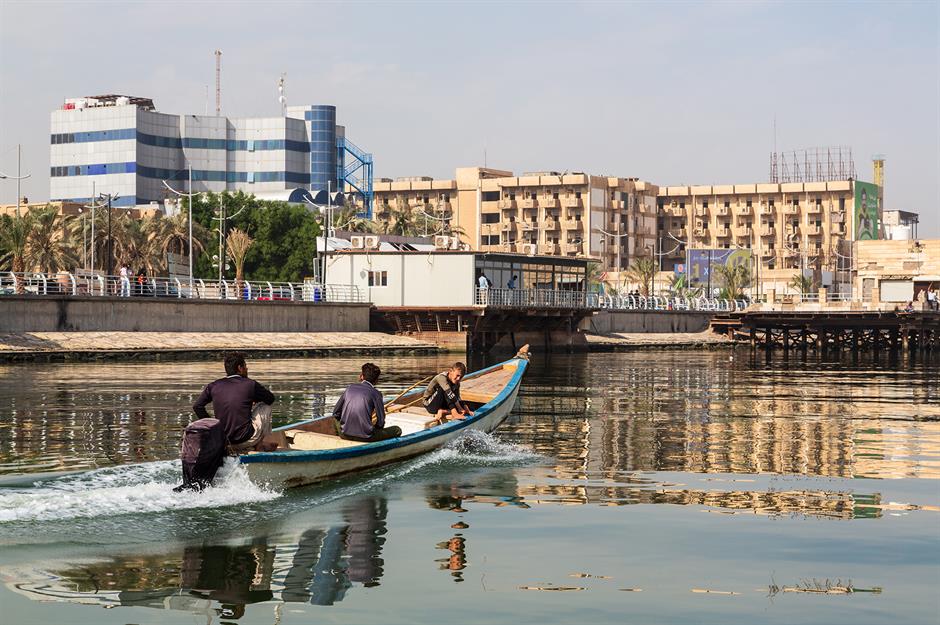
The city is a vital economic centre for Iraq, particularly in oil exports, but its climate presents significant challenges for infrastructure and public health.
Residents frequently endure power outages during the peak summer months, underscoring the difficulties of living in one of the hottest urban areas in the world.
4. Ahvaz, Iran
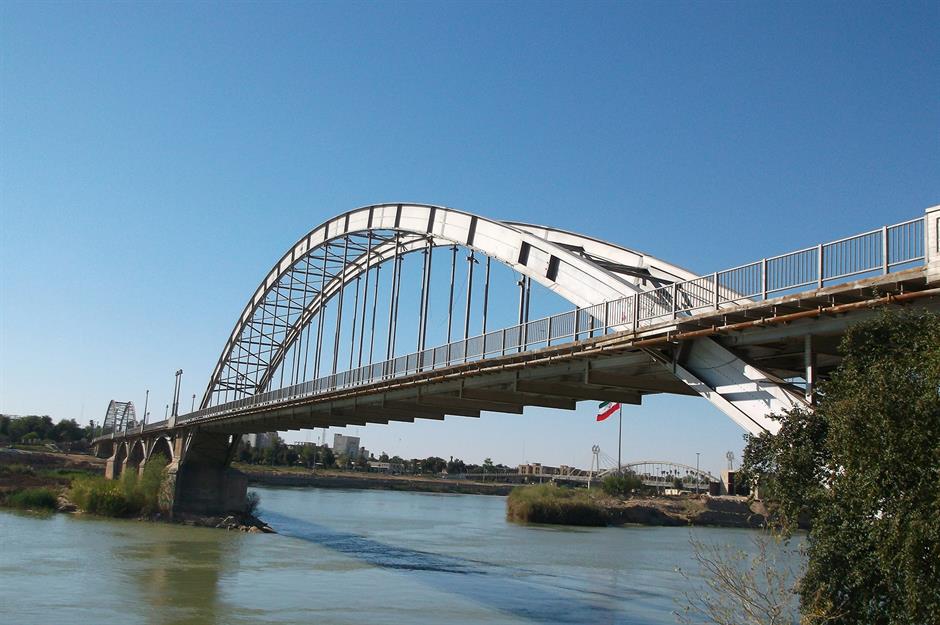
Ahvaz, in southwestern Iran, is infamous for its blistering heat, with a high of 53.7°C (128.7°F) recorded on 29 June 2017. This city is located in the Khuzestan Plain, a low-lying desert basin that intensifies heat through the trapping of warm air.
Its proximity to the Persian Gulf also contributes to high humidity levels, making the heat even more intense.
4. Ahvaz, Iran
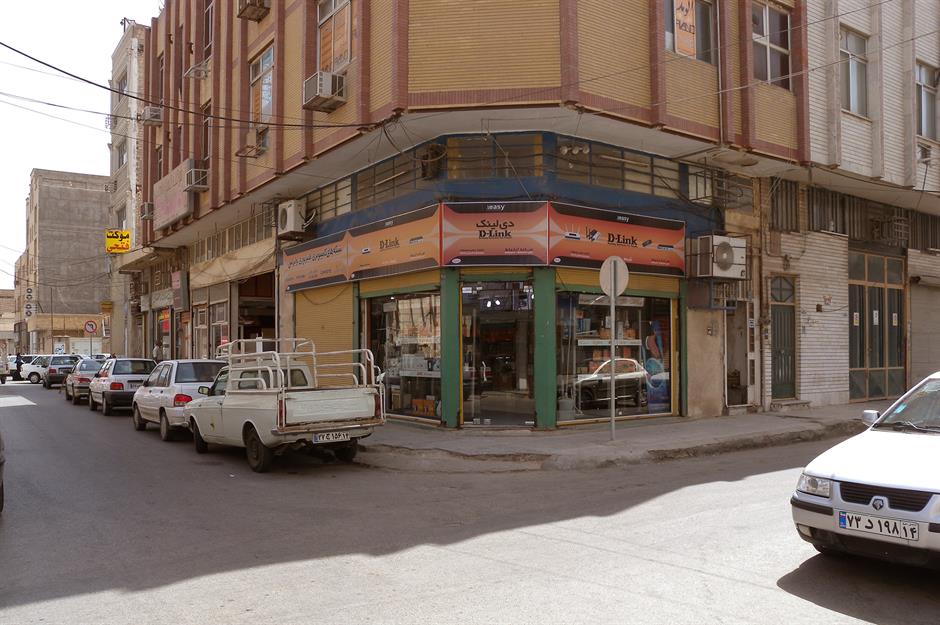
Ahvaz is a critical industrial hub for Iran, but its extreme climate poses significant challenges to its residents. The combination of high temperatures and poor air quality has made it one of the most challenging places to live during the summer months.
3. Lut Desert, Iran
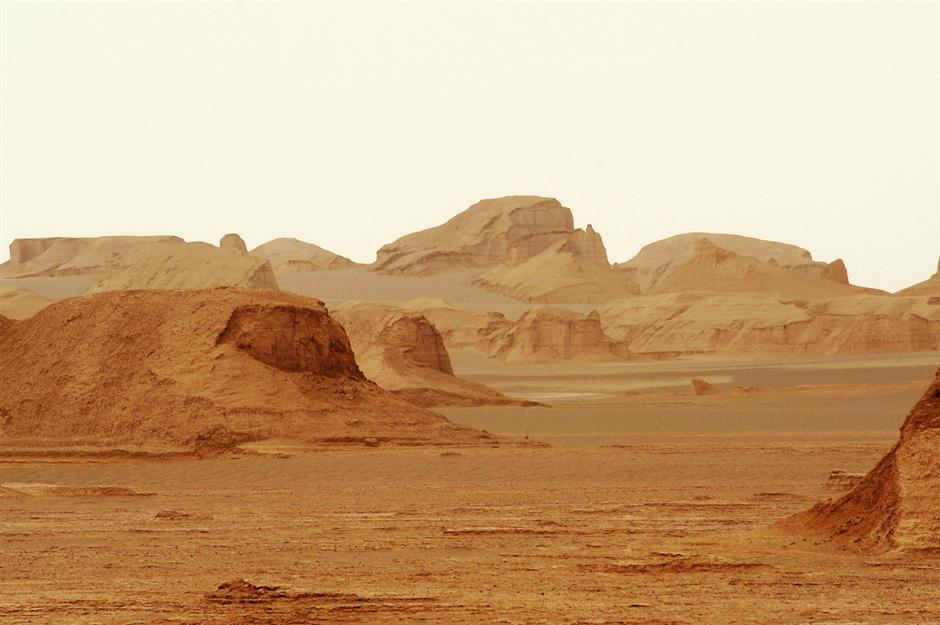
The Lut Desert, or Dasht-e Lut, may not hold records for the highest air temperatures, but it dominates when it comes to surface heat. This uninhabitable desert plateau in southeastern Iran is where the hottest ground temperature ever recorded on Earth was measured.
In 2005, NASA’s MODIS satellite captured a land skin temperature that soared to an astonishing 70.7°C (159.3°F).
3. Lut Desert, Iran
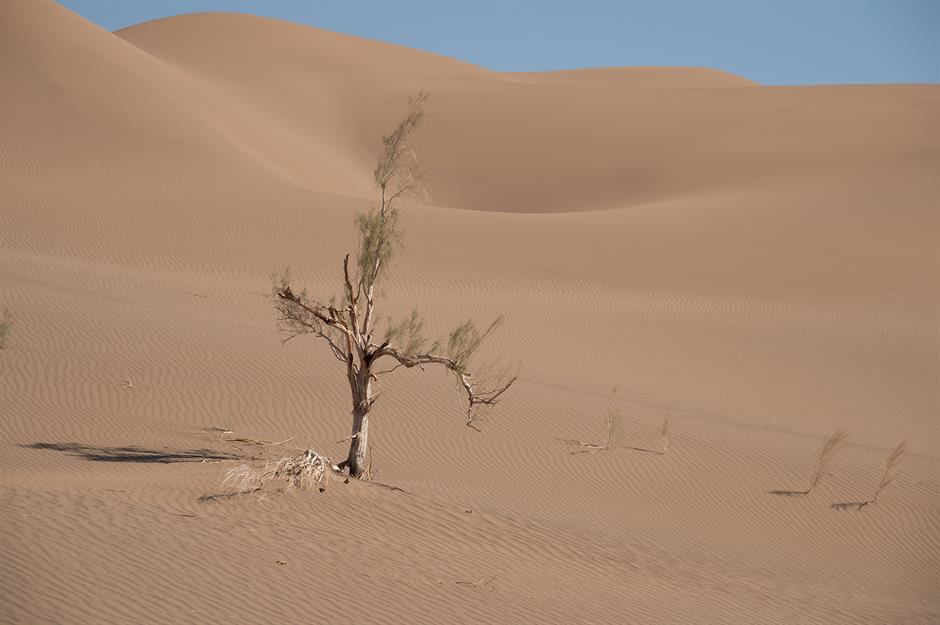
2. Mitribah, Kuwait
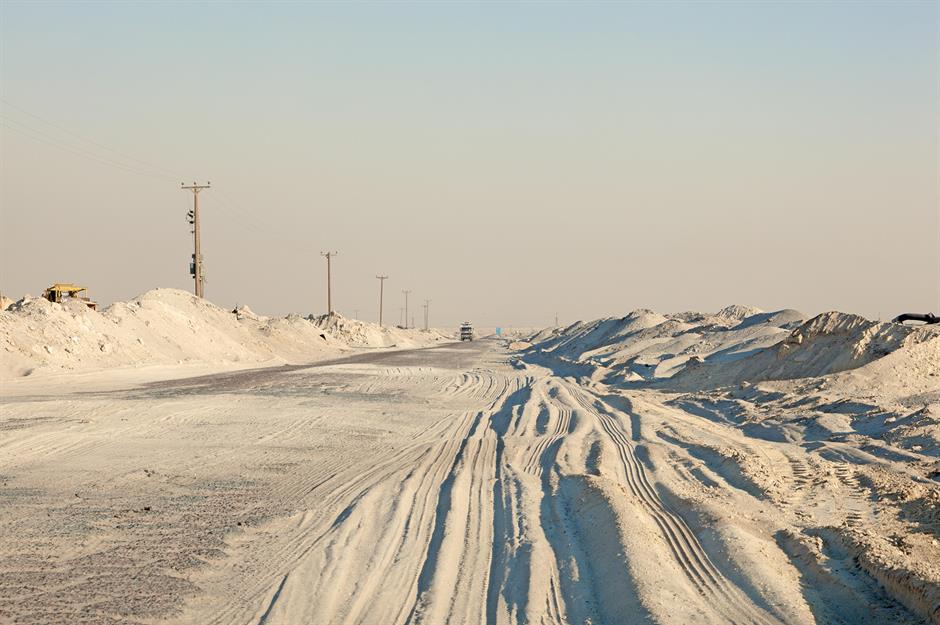
Mitribah is a remote desert town in northwestern Kuwait that recorded an astonishing 54°C (129.2°F) on 21 July 2016. This temperature was verified by the WMO as one of the highest reliably measured temperatures in modern history.
Mitribah’s arid environment, coupled with its position in the Arabian Peninsula, contributes to its scorching summers.
2. Mitribah, Kuwait
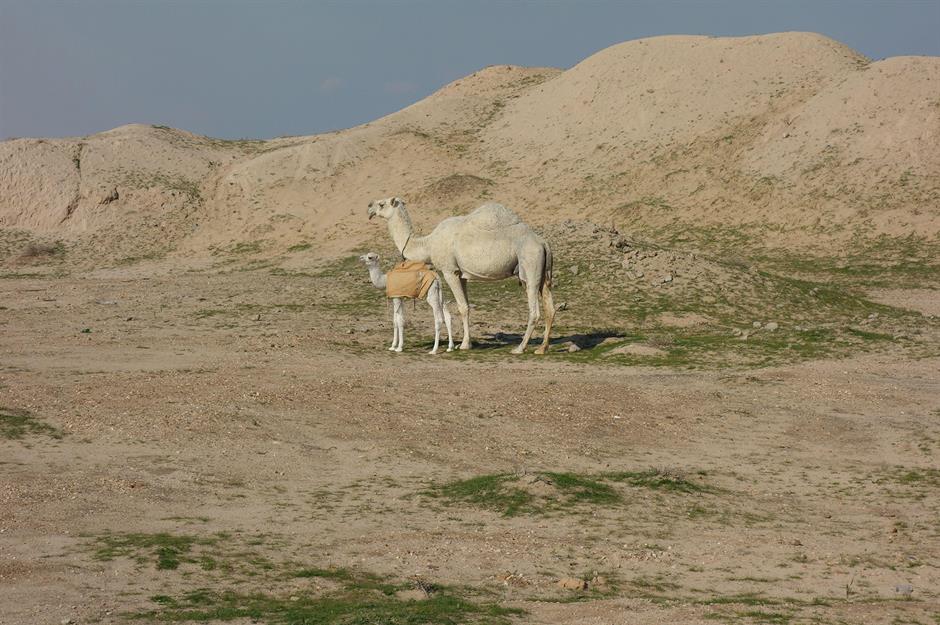
The dry, cloudless skies typical of Mitribah allow intense solar radiation to bake the ground, while the barren landscape reflects and magnifies the heat. The town’s climate is characterised by unrelenting summer temperatures, with average highs in June, July and August often exceeding 46°C (115°F).
The lack of vegetation and shade, combined with strong desert winds, intensifies the already punishing conditions, making it one of the most inhospitable places on the planet.
1. Death Valley, California, USA
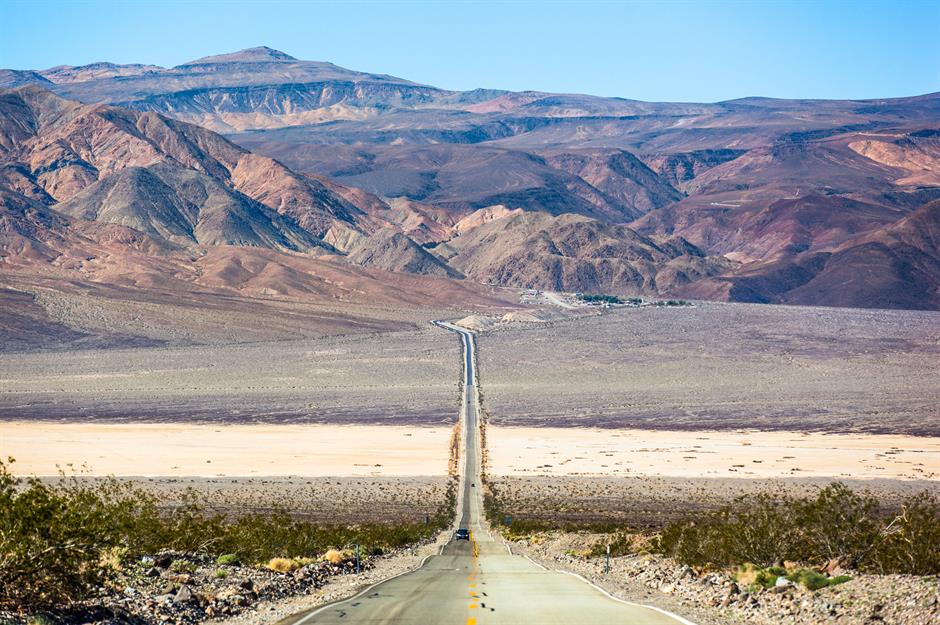
Death Valley, an arid area of national park in the Mojave Desert, isn’t just hot, it’s the hottest. Or, at least, it holds the official Guinness World Record for the highest ever recorded air temperature, a scorching 56.7°C (134°F).
The record, set in July 1913, was briefly surpassed in 1922 when a temperature of 58°C (136.4°F) was reported in El Azizia, Libya. However, in 2012, the WMO invalidated the El Azizia record due to concerns over measurement accuracy, reinstating Death Valley's 1913 reading as the highest recorded temperature on Earth.
1. Death Valley, California, USA

The record was set in the appropriately named Furnace Creek, which ‘enjoys’ average high temperatures of 47°C (116°F) during the peak of summer. The landscape is characterised by crackling salt flats, shimmering roads and deep-golden sand dunes, all contributing to its extreme heat.
Despite these harsh conditions, the area supports a surprising array of biodiversity. Species such as jackrabbits and the resilient pupfish have adapted to survive in this extreme environment, with pupfish thriving in the park's warm springs.
Now discover the hottest recorded temperature in every state and DC
Comments
Be the first to comment
Do you want to comment on this article? You need to be signed in for this feature